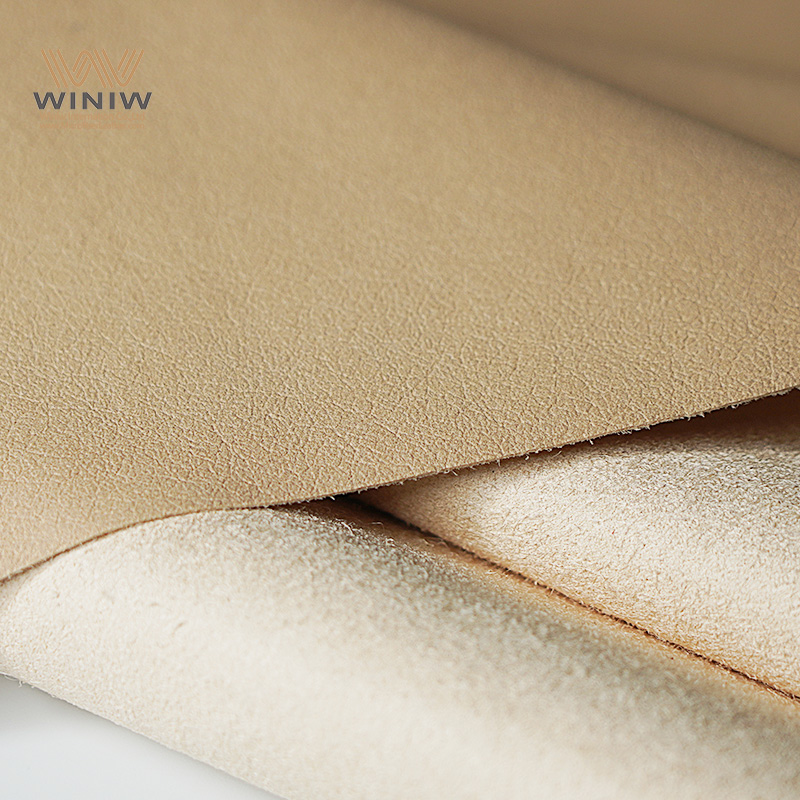
يُصنع نسيج الجلد من جلود الحيوانات التي تخضع لمعالجة خاصة لإنتاج مادة قوية ومرنة. وتلعب الدباغة دورًا محوريًا في هذه العملية، إذ تحافظ على ألياف الكولاجين في الجلد وتمنحه متانته ومرونته. ويُستخرج معظم الجلود عالميًا من مصادر حيوانية رئيسية قليلة:
|
مصدر حيواني |
نسبة إنتاج الجلود |
|---|---|
|
جلد البقر |
65% |
|
جلد الغنم |
15% |
|
الخنازير |
11% |
|
جلد الماعز |
9% |
|
آخر |
أقل من 0.2% |
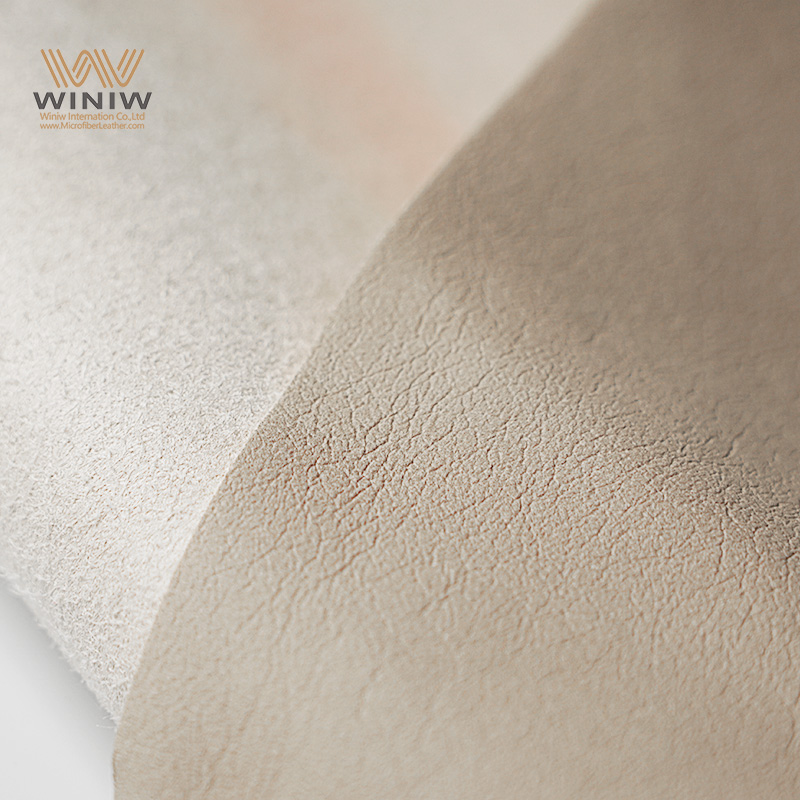
من المتوقع أن تصل قيمة سوق السلع الجلدية العالمية إلى 498.57 مليار دولار أمريكي في عام 2024.
ويتوقع المحللون أن ينمو هذا السوق بشكل مطرد في السنوات المقبلة.
يتم تصنيع نسيج الجلد من جلود الحيوانات من خلال عملية تتضمن التنظيف والدباغة والتشطيب.
يعتبر الدباغة أمرا ضروريا للحفاظ على قوة الجلد ومرونته، حيث يعتبر الدباغة بالكروم والدباغة النباتية الطريقتين الرئيسيتين.
يُعد الجلد المحبب بالكامل من أعلى مستويات الجودة، وهو معروف بمتانته ومظهره الفريد، في حين أن الجلد الأصلي هو الأقل جودة.
يكتسب الجلد مظهرًا مميزًا بمرور الوقت، مما يضيف إليه طابعًا وجمالًا، مما يجعله الخيار المفضل للاستخدام طويل الأمد منتجات .
أصبحت الممارسات المستدامة في إنتاج الجلود أكثر شيوعًا، حيث تركز الشركات على تقليل النفايات واستخدام الأساليب الصديقة للبيئة.
يعد الجلد متعدد الاستخدامات ويُستخدم في العديد من المنتجات، بما في ذلك الملابس والأثاث والديكورات الداخلية للسيارات، وذلك بسبب متانته وراحته.
يتضمن تحديد جودة الجلد التحقق من العيوب الطبيعية، والملمس الملموس، والرائحة المميزة للجلد الأصلي.
بدائل للجلد التقليدي وتشهد المنتجات الغذائية، مثل الخيارات النباتية والصناعية، شعبية متزايدة، مما يوفر خيارات مستدامة للمستهلكين.
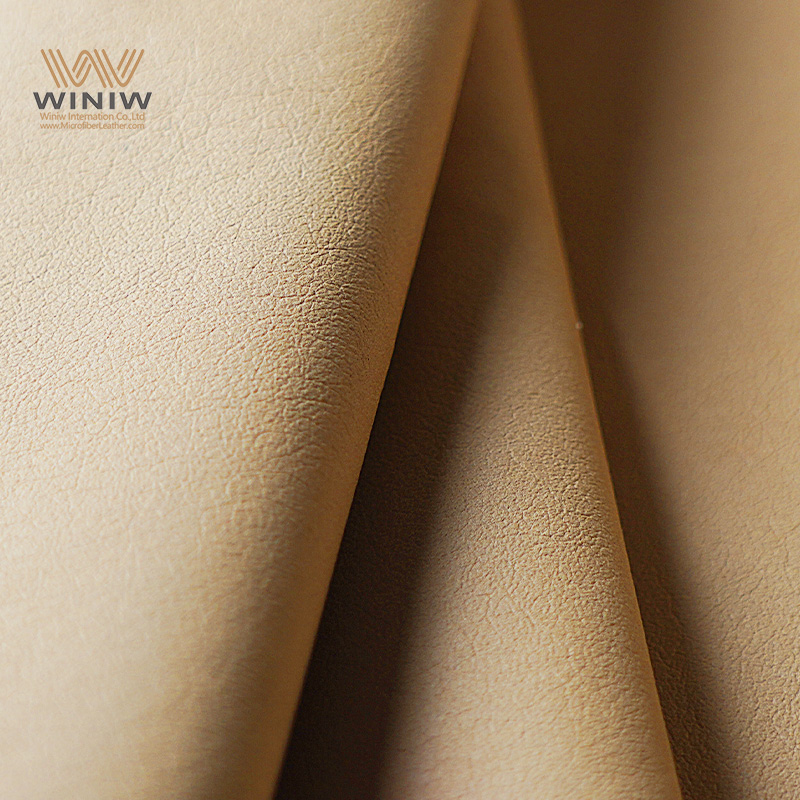
يشير نسيج الجلد إلى مادة طبيعية مصنوعة من جلود الحيوانات التي خضعت لسلسلة من المعالجات. يحول المصنعون الجلود الخام إلى مادة متينة ومرنة من خلال عمليات مثل التنظيف والتجيير والدباغة. يتميز هذا النسيج بمتانته ومرونته وقدرته على التكيف مع مختلف الاستخدامات. غالبًا ما يختار الناس نسيج الجلد للمنتجات التي تتطلب عمرًا طويلاً وملمسًا فاخرًا. خصائص هذه المادة الفريدة تميزها عن... البدائل الاصطناعية .
لعب الجلد دورًا حيويًا في الحضارة الإنسانية لآلاف السنين. أدركت المجتمعات القديمة قيمة هذه المادة واستخدمتها في جوانب عديدة من الحياة اليومية. يعود تاريخ أقدم القطع الأثرية الجلدية المسجلة إلى عام ١٣٠٠ قبل الميلاد، مما يدل على اعتماد البشر الأوائل على جلود الحيوانات للحماية والراحة. صنع الإغريق القدماء الصنادل والملابس الجلدية حوالي عام ١٢٠٠ قبل الميلاد. اكتشف المستوطنون العبرانيون القدماء فن الدباغة النباتية، مما مكنهم من حفظ الجلود لفترات أطول.
لقد شكّلت تعدد استخدامات الجلود ثقافاتٍ حول العالم. فقد استخدمها شعوب مصر واليونان وروما في صناعة الملابس والدروع والأثاث والمخطوطات. وقد وفرت هذه المادة الحماية والراحة والقيمة الجمالية.
في مصر القديمة واليونان وروما، كان للجلد العديد من الأغراض:
كان المصريون يرتدون الصنادل والأحزمة الجلدية.
كان اليونانيون والرومان يستخدمون الجلود في صناعة الصنادل والجوارب والأحزمة.
كان الجنود اليونانيون يرتدون الدروع الجلدية، في حين اعتمد الجنود الرومان على الجلود المقواة للدروع والسيوف.
قام الرومان الأثرياء بتنجيد الأثاث بالجلد وتزيين منازلهم بالسجاد الجلدي والمفروشات الجدارية.
أصبحت الرق الجلدي وتجليد الكتب شائعين، وغالبًا ما كانت تتميز بتصاميم معقدة.
يتميز نسيج الجلد بخصائص فيزيائية وكيميائية متعددة تميزه عن المواد الصناعية. تُسهم هذه الخصائص في شعبيته ونطاق تطبيقاته الواسع.
|
سمة |
وصف |
|---|---|
|
الملمس الليفي |
يحتفظ الجلد بتركيبة ليفية طبيعية، مما يوفر قوة ومتانة فريدة من نوعها. |
|
أنماط المسام |
يظهر أنماط مسام طبيعية غير منتظمة تختلف حسب المصدر الحيواني. |
|
السُمك والمرونة |
سمك مميز ومرونة بسبب ألياف الإيلاستين الطبيعية، يصعب تكرارها. |
|
قابلية التنفس |
قابلة للتنفس بشكل طبيعي بسبب طبيعتها الليفية، على عكس العديد من المواد الاصطناعية. |
|
الشيخوخة والتآكل |
يطور مظهرًا ذا قيمة بمرور الوقت، ولا يمكن تكراره بشكل أصيل في المواد التركيبية. |
يتميز نسيج الجلد بقدرته على اكتساب مظهر عتيق، وهو تغير في السطح يُضفي عليه طابعًا مميزًا وجمالًا مع مرور الزمن. تسمح قابلية الجلد للتهوية بمرور الهواء، مما يجعله مريحًا للاستخدام في الملابس والأثاث. كما أن ملمسه الليفي وأنماط المسام الطبيعية تُضفي على كل قطعة من الجلد مظهرًا فريدًا. يُنتج المصنعون أنواعًا مختلفة من الجلد لتلبية احتياجات متنوعة، إلا أن جميعها تشترك في هذه السمات الأساسية.
تصنيع قماش جلدي تتضمن عملية الدباغة سلسلة من الخطوات المُحكمة بعناية. تُحوّل كل مرحلة جلود الحيوانات الخام إلى مادة متينة ومرنة. تتكون العملية من ثلاث مراحل رئيسية: التحضير، والدباغة، ومعالجات ما بعد الدباغة.
قبل بدء عملية الدباغة، يُجهّز المُصنّعون الجلود. تُزيل هذه المرحلة الشوائب وتُهيّئ المادة للتحويل الكيميائي.
يبدأ العمال بنقع الجلود في الماء. تُزيل هذه الخطوة الأوساخ والدم والشوائب الأخرى. كما يُليّن النقع الجلود، مما يُسهّل التعامل معها. غالبًا ما تستخدم عملية التنظيف الإنزيمات وكبريتيد الصوديوم لإزالة الشعر دون إتلاف نسيج الجلد.
|
العملية/الخطوة |
المواد الكيميائية المستخدمة |
الغرض/التأثير |
|---|---|---|
|
إزالة الشعر |
الإنزيمات، كبريتيد الصوديوم |
يزيل الشعر من الجلود دون الإضرار بالحبوب. |
|
النقع |
ماء |
يزيل الأوساخ والدم والشوائب، وينعم الجلود. |
بعد التنظيف، يُعالَج الجلد بالجير. يُعالَج العمال الجلود بالجير، مما يُنتفخ الجلد ويفتح أليافه. تُسهِّل هذه العملية إزالة اللحم والدهون. قد تستغرق عملية الجير عدة أيام، وتتضمن تقليب الجلود في أحواض كبيرة. بعد الجير، تُستخدم أملاح الأمونيوم لإزالة الجير الزائد وتقليل محتوى النيتروجين في مياه الصرف.
|
العملية/الخطوة |
المواد الكيميائية المستخدمة |
الغرض/التأثير |
|---|---|---|
|
الجير |
الليمون |
ينتفخ ويخفي حزم الألياف ويفتحها لمزيد من المعالجة. |
|
إزالة الكلس |
كلوريد الأمونيوم، كبريتات الأمونيوم |
يقوم بتحييد الجير وتقليل محتوى النيتروجين في مياه الصرف الصحي. |
وتشمل مرحلة التحضير أيضًا التنعيم، حيث تعمل الإنزيمات على تليين الجلود بشكل أكبر، والتخليل، حيث يتم استخدام الملح والحمض للحفاظ على المادة قبل الدباغة.
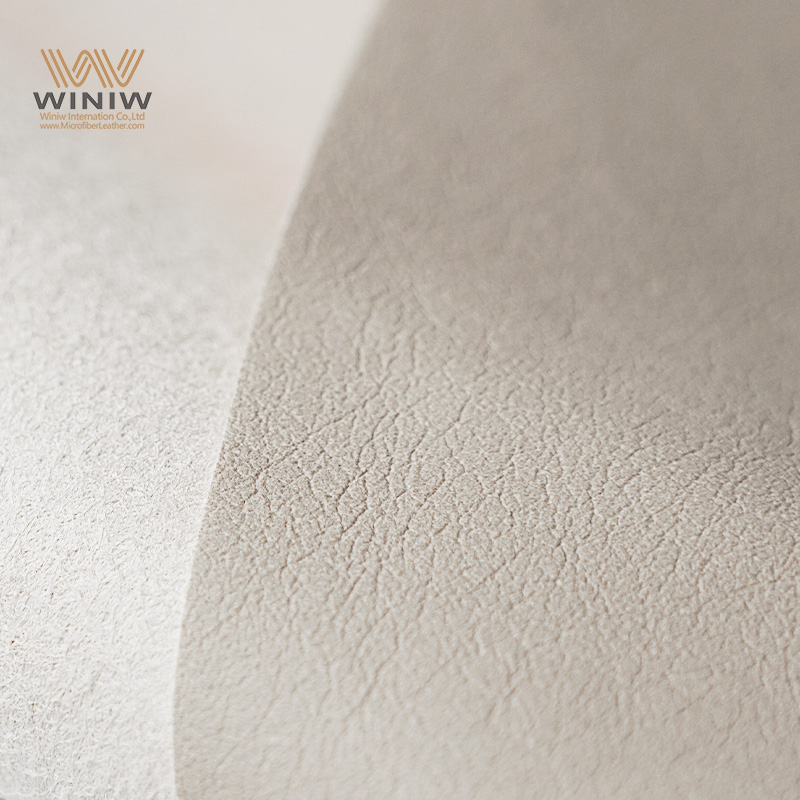
تضمن عملية التحضير نظافة الجلود ونعومتها وجاهزيتها للمعالجة الكيميائية. كل خطوة تُسهم في جودة نسيج الجلد النهائي.
خطوات التحضير النموذجية:
النقع
الجير
إزالة الكلس
الطعم
تخليل
الدباغة هي العملية الأساسية لتحويل جلود الحيوانات إلى نسيج جلدي. تُغيّر هذه المرحلة كيميائيًا بنية الكولاجين، مما يمنع التلف ويعزز متانته.
تستخدم الدباغة النباتية العفص الطبيعي الموجود في المواد النباتية. يغمر العمال الجلود في أحواض تحتوي على لحاء أو أوراق أو ثمار. تتحد العفص مع ألياف الكولاجين، مما يُثبّت الجلد ويجعله مرنًا. تُنتج الدباغة النباتية جلدًا بلون غني وطبقة خارجية طبيعية. هذه العملية أقل تأثيرًا على البيئة مقارنةً بطرق العزل المائي. يُعتمد على الدباغة النباتية في حوالي 10% من إنتاج الجلود العالمي.
تعمل عملية الدباغة على تغيير الكولاجين كيميائيًا لمنع التسوس.
يرتبط العفص بألياف الكولاجين، مما يعمل على تثبيت الجلد وتعزيز متانته.
يؤدي الدباغة النباتية إلى إنشاء مادة مرنة وقوية.
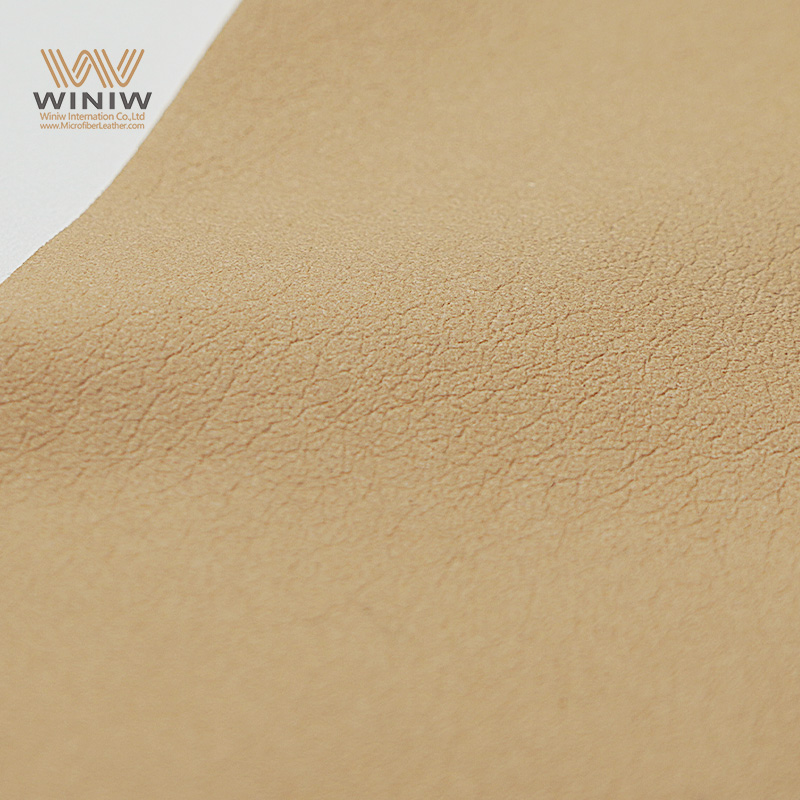
تهيمن دباغة الكروم على هذه الصناعة، حيث تُمثل أكثر من 85% من إنتاج الجلود العالمي. يستخدم العمال كبريتات الكروم الثلاثي (III) كعامل دباغة رئيسي. تتضمن العملية إذابة أملاح الكروم، التي تتفاعل مع الكولاجين عند مستويات حموضة أعلى. يُكوّن هذا التفاعل مركبات متعددة الكروم تربط وحدات الكولاجين الفرعية، مما يجعل نسيج الجلد متينًا ومرنًا. دباغة الكروم أسرع من الدباغة النباتية، وتُنتج جلدًا بلون ونعومة متناسقين.
|
طريقة التسمير |
نسبة إنتاج الجلود العالمي |
|---|---|
|
دباغة الكروم |
> 85% |
|
الدباغة النباتية |
10% |
تحافظ عملية الدباغة على ألياف الكولاجين، مما يمنح الجلد قوته ومرونته. يوفر الدباغة بالكروم سرعةً وتجانسًا في اللون، بينما توفر الدباغة النباتية لمسةً نهائيةً طبيعية.
بعد الدباغة، يخضع نسيج الجلد لعدة معالجات لتعزيز مظهره ومتانته.
يُجفف العمال الجلد المدبوغ لإزالة الرطوبة الزائدة. تُثبّت هذه الخطوة المادة وتُهيئها للتشطيب. كما أن التجفيف المُنظّم يمنع التشقق ويحافظ على مرونته.
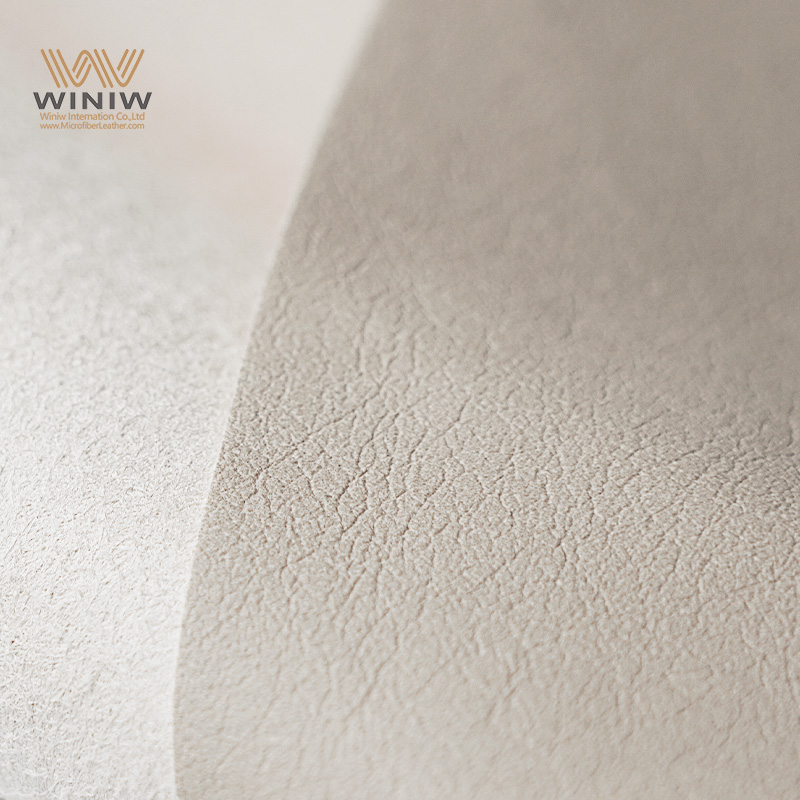
تُضيف معالجات التشطيب لونًا وملمسًا وحمايةً لأقمشة الجلود. يستخدم المُصنِّعون الأصباغ والطلاءات لتحقيق المظهر والأداء المطلوبين. تُضيف عملية التكرير الدهني الزيوت والشمع، مما يُحسِّن المرونة والمتانة. قد تشمل عملية التشطيب النقش أو التلميع أو وضع تشطيبات خاصة.
|
نوع التشطيب |
وصف |
|---|---|
|
جلد الأنيلين |
مصبوغة بالأصباغ القابلة للذوبان فقط، تظهر حبيبات طبيعية؛ ناعمة ولكنها تتلطخ بسهولة. |
|
جلد شبه أنيلين |
مصبوغ بالأنيلين بطبقة واقية؛ ناعم وطبيعي مع مقاومة أفضل للبقع. |
|
الجلد المصبوغ |
طبقة ثقيلة من الصبغة، مقاومة للغاية للبقع والتآكل، لكنها تفتقر إلى الطابع الطبيعي. |
|
جلد منقوش |
تم ختمها لتقليد الأنماط؛ تجمع بين الأسلوب والمتانة. |
|
نوبوك والجلد المدبوغ |
مصقول للحصول على سطح ناعم؛ ويتطلب تشطيبات واقية بسبب قدرته العالية على الامتصاص. |
|
التشطيبات المتخصصة |
معالجات فريدة من نوعها مثل Shell Cordovan؛ متينة للغاية ومصقولة. |
|
التشطيبات اللامعة مقابل التشطيبات غير اللامعة |
الطبقات النهائية لتغيير اللمعان، وتؤثر على المظهر والحماية. |
يقدم تحلية الدهون الزيوت والشمع لتحقيق المرونة والمتانة المثالية.
يعمل التشطيب على تعزيز الجمال الطبيعي للجلد ويضمن الأداء على المدى الطويل.
تعمل عملية ما بعد الدباغة على تحويل الجلود المدبوغة إلى نسيج جلدي جاهز للاستخدام في الملابس والأثاث والإكسسوارات.
يُعدّ الجلد المُحبب بالكامل من أعلى أنواع الجلود جودةً. يُصنّع المُصنّعون هذه المادة من الطبقة العليا من الجلد، مع الحفاظ على نسيجه سليمًا تمامًا. يحافظ هذا النهج على الملمس الطبيعي للجلد وعلاماته ومتانته. يقاوم نسيج الجلد المُحبب بالكامل الرطوبة والتآكل، مما يجعله الخيار الأكثر متانة. مع مرور الوقت، يكتسب طبقة خارجية غنية تُضفي لمسةً مميزةً وجمالًا على منتجات مثل الحقائب والأحذية والأثاث.
يوفر الجلد المحبب بالكامل متانة لا مثيل لها ومظهرًا فريدًا. كل قطعة تروي قصتها الخاصة من خلال عيوبها الطبيعية وأنماطها.
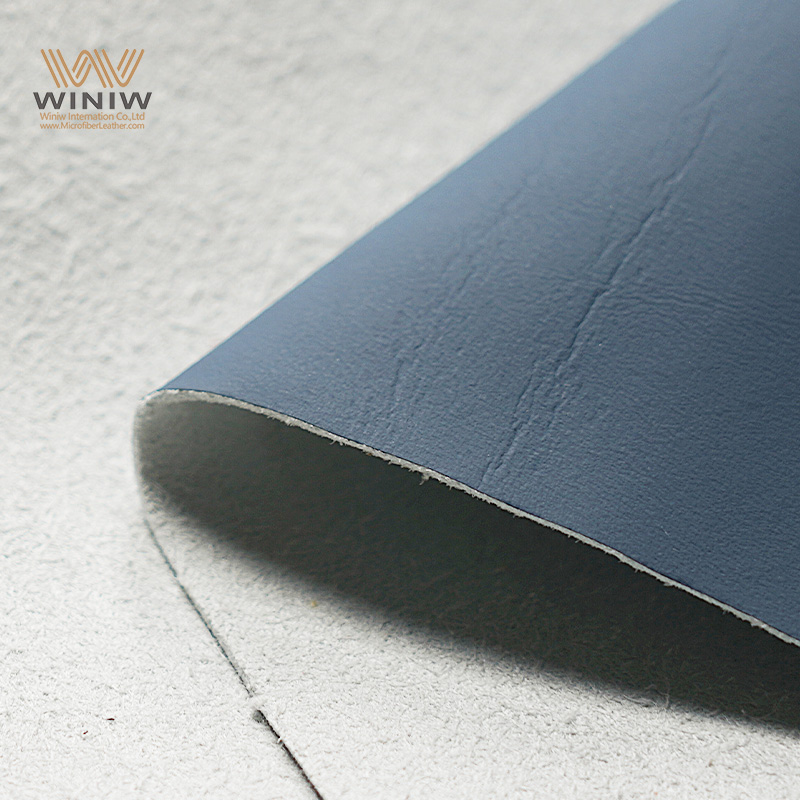
يسلط الجدول التالي الضوء على الخصائص المميزة للجلد المحبب بالكامل مقارنة بالأنواع الأخرى:
|
نوع الجلد |
صفات |
|---|---|
|
حبوب كاملة |
حبيبات غير معدلة، متينة للغاية، ذات مظهر فريد، تكتسب طبقة طبيعية |
|
الحبوب العلوية |
الحبوب المعدلة، أقل متانة، مظهر أكثر تجانسًا، لا تتطور إلى طبقة خارجية |
|
الحبوب المصححة |
تم تعديله، يبدو مصطنعًا، تمت إزالة الشخصية الأصلية |
|
جلدية حقيقية |
أقل جودة، مظهر موحد، مصطلح مضلل |
لا يزال نسيج الجلد المحبب بالكامل شائعًا في صناعة السلع الفاخرة والإكسسوارات الراقية. يتميز بمظهره الطبيعي ومتانته التي تميزه عن غيره. أنواع مختلفة من أقمشة الجلود .
يُصنّف الجلد المُحبب من الأعلى جودةً بعد الجلد المُحبب بالكامل. يُعالج المُصنّعون هذه المادة بصنفرة أو تلميع الطبقة العليا من الجلد. تُزيل هذه الطريقة عيوب السطح وتُعطي ملمسًا أكثر نعومةً وتجانسًا. مع ذلك، تُغيّر هذه العملية طبيعة الجلد الطبيعية وتُقلّل السُمك، مما يجعل الجلد المُحبب من الأعلى أقل متانةً من الجلد المُحبب بالكامل.
يتم صقل الجلد المحبب العلوي وتلميعه، مما يؤدي إلى الحصول على ملمس أكثر سلاسة.
يحافظ الجلد المحبب بالكامل على السُمك الكامل للجلد، مما يحافظ على متانته الطبيعية.
تؤدي معالجة الجلود ذات الحبيبات العلوية إلى تقليل قوتها مقارنة بالجلود ذات الحبيبات الكاملة.
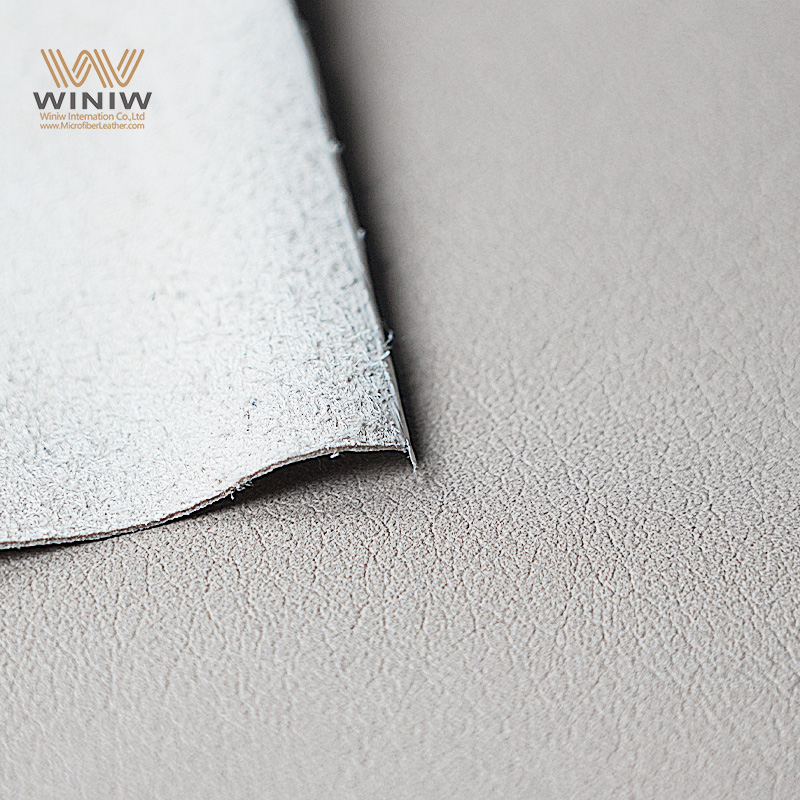
يقارن الجدول أدناه طرق المعالجة وخصائص هذين النوعين من الجلود:
|
نوع الجلد |
طريقة المعالجة |
صفات |
|---|---|---|
|
جلد محبب عالي الجودة |
تم صقلها أو تلميعها أو حلق الطبقة العلوية من الجلد |
لمسة نهائية أكثر سلاسة، تزيل العيوب، أضعف من الحبيبات الكاملة |
|
جلد محبب بالكامل |
يحافظ على السُمك بالكامل، دون تغيير في الحبوب |
يحافظ على المتانة الطبيعية، أقوى من الحبوب العلوية |
لا يكتسب نسيج الجلد المحبب العلوي مظهرًا عتيقًا بمرور الوقت، بل يحافظ على مظهره المتناسق، مما يجذب من يفضلون المظهر الخالي من العيوب في منتجاتهم.
غالبًا ما يُربك مصطلح "الجلد الأصلي" المشترين، إذ يوحي بالأصالة والجودة. في الواقع، يُنتج المصنعون الجلد الأصلي من الطبقات المتبقية بعد فصل الطبقة العليا من الجلد. تخضع هذه المادة لمعالجة مكثفة لإضفاء مظهر موحد، لكنها تفتقر إلى متانة وخصائص أنواع الجلود الأعلى جودة.
يُعدّ الجلد الأصلي من أدنى أنواع الجلود جودةً. فهو يُضفي مظهرًا متناسقًا، ولكنه يُعاني من نقصٍ في المتانة والملمس الطبيعي.
يستخدم تجار التجزئة مصطلح "الجلد الأصلي" لتسويق منتجاتهم بأسعار أقل. يجب على المستهلكين إدراك أن نسيج الجلد الأصلي لا يوفر نفس عمر الجلد الطبيعي أو ملمسه، كما هو الحال مع خيارات الجلد الكامل أو عالي الجودة. عند مقارنة أنواع مختلفة من أقمشة الجلد، يُعد الجلد الأصلي خيارًا أساسيًا للمشترين ذوي الميزانية المحدودة.
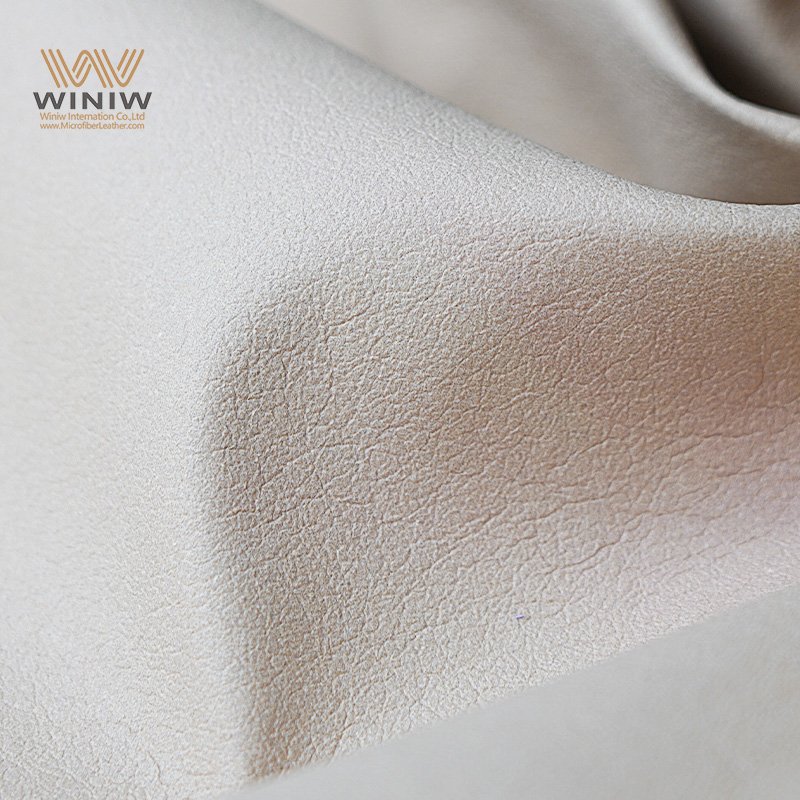
يُعدّ الجلد المُلصق أحد أكثر الخيارات بأسعار معقولة بين مختلف أنواع أقمشة الجلود. يُنتج المُصنّعون هذه المادة بدمج قصاصات الجلد المُمزّق مع مادة البولي يوريثان. ثم يُضغط الخليط على طبقة خلفية من الورق ويُنقش سطحه ليحاكي مظهر وملمس الجلد الأصلي. تُتيح هذه العملية للشركات استخدام بقايا مواد إنتاج الجلود الأخرى، مما يُقلّل الهدر ويُخفّض التكاليف.
|
مادة |
وصف |
|---|---|
|
قصاصات جلدية |
بقايا الجلود والألياف الممزقة. |
|
البولي يوريثين |
يتم استخدامه كمادة رابطة يتم خلطها مع قصاصات الجلد. |
|
دعم الورق |
يوفر قاعدة للجلد الملتصق. |
|
النقش |
إنشاء نسيج يحاكي الجلد الحقيقي. |
يُناسب الجلد المُلصق المشترين الذين يرغبون في مظهر جلدي طبيعي دون تكلفة باهظة. مع ذلك، لا تُضاهي هذه المادة متانة الجلد الأصلي أو طول عمره. تدوم معظم منتجات الجلد المُلصق من سنتين إلى خمس سنوات، بينما يُمكن أن يبقى الجلد الأصلي بحالة جيدة لمدة تتراوح بين ١٠ و٣٠ عامًا أو أكثر مع العناية المناسبة.
يدوم الجلد الملتصق لمدة تتراوح ما بين 2 إلى 5 سنوات.
يمكن أن يدوم الجلد الأصلي لمدة تتراوح بين 10 إلى 30 عامًا أو أكثر مع العناية المناسبة.
قد يتقشر سطح الجلد المُلصق أو يتشقق بمرور الوقت، خاصةً مع كثرة الاستخدام. وكثيرًا ما يُستخدم الجلد المُلصق في الأثاث وأغلفة الكتب والإكسسوارات الرخيصة. وتتيح عملية التصنيع مجموعة واسعة من الألوان والتشطيبات، إلا أن هذه المادة تفتقر إلى التهوية الطبيعية وخصائص مقاومة الشيخوخة التي تتميز بها أنواع الجلود الأعلى جودة.
يوفر الجلد الملتصق بديلاً صديقًا للميزانية، ولكن يجب على المشترين أن يفهموا حدوده في المتانة والمظهر.
تتميز أنواع الجلود المتخصصة بخصائص ومظهر فريد يميزها عن الخيارات التقليدية. غالبًا ما تُستخرج هذه المواد من حيوانات نادرة أو تتميز بمعالجات مميزة. يستخدم المصممون والعلامات التجارية الفاخرة الجلود المتخصصة في ابتكار قطع مميزة ومنتجات راقية.
|
نوع الجلد |
خصائص فريدة |
|---|---|
|
تمساح |
المظهر الفاخر والمرونة |
|
تمساح |
مصادر نادرة ومعقدة ومكلفة |
|
بايثون |
أنماط مذهلة ومرونة ومتوفرة بألوان متنوعة |
|
نعامة |
النعومة والمرونة وأنماط الريشة المميزة والمتانة العالية |
|
سمكة الراي اللساع |
ملمس فريد، ومتانة، ومقاومة للماء |
|
ثعبان |
أنماط مقياس فريدة من نوعها، خفيفة الوزن، ومرنة |
|
سحلية |
طبيعة خفيفة الوزن، مرنة، أنماط مقياس فريدة من نوعها |
يتميز جلد التمساح بمظهره الفاخر ومرونته الاستثنائية. يتميز جلد الثعبان وجلد البايثون بنقوش جريئة ومرونته، مما يجعله شائعًا في إكسسوارات الموضة. يتميز جلد النعام بالنعومة والمتانة، مع نقوش ريشية تضفي لمسة جمالية. يقاوم جلد الراي اللاسع الماء والتآكل، مما يوفر ملمسًا فريدًا للمحافظ والأحزمة. أما جلد السحلية، فيتميز بخفة وزنه ومرونته، ويُستخدم غالبًا في المنتجات الصغيرة.
غالبًا ما تتطلب أنواع الجلود المتخصصة اختيارًا دقيقًا وحرفيةً ماهرة. وترتفع أسعار هذه المواد نظرًا لندرتها وتعقيد معالجتها. يختار المستهلكون الجلود المتخصصة لمظهرها المميز وملمسها الفاخر. ويضفي كل نوع منها خصائص فريدة على المنتجات، مما يسمح للمصممين بابتكار منتجات مميزة في السوق.
تُبرز أنواع الجلود المتخصصة التنوع والإبداع في صناعة الجلود. تُبرز هذه المواد إمكانيات تتجاوز جلود البقر والغنم التقليدية.
يلعب الجلد دورًا رئيسيًا في صناعة الأزياء. يختار المصممون أقمشة الجلد لمتانتها ومرونتها وجاذبيتها الخالدة. وتُصنع العديد من الملابس من الجلد، بما في ذلك البناطيل والتنانير والسترات والسترات الصوفية. وتتميز هذه القطع غالبًا بملمسها الفريد وقدرتها على اكتساب مظهر عتيق مع مرور الوقت. ولا تزال السترات الجلدية رائجة لأنها توفر الأناقة والحماية. وتُضفي التنانير والسراويل الجلدية لمسةً من الرقي على أي خزانة ملابس.
يعتمد مُصنّعو الأحذية على الجلد في صناعة الأحذية والأحذية الطويلة والصنادل. يوفر الجلد الراحة ويُشكّل شكل القدم. تستخدم العديد من الأحذية أجزاءً علويةً وداخليةً من الجلد، مما يُساعد على التهوية وإطالة العمر. كما تُبرز الإكسسوارات تنوع استخدامات الجلد. تُقدّر حقائب اليد والأحزمة والمحافظ المصنوعة من الجلد لمتانتها ومظهرها الكلاسيكي. تجمع الحقائب الجلدية، والمحافظ، وحقائب الظهر بين الأناقة والعملية، مما يجعلها مُفضّلة لدى الطلاب والمحترفين.
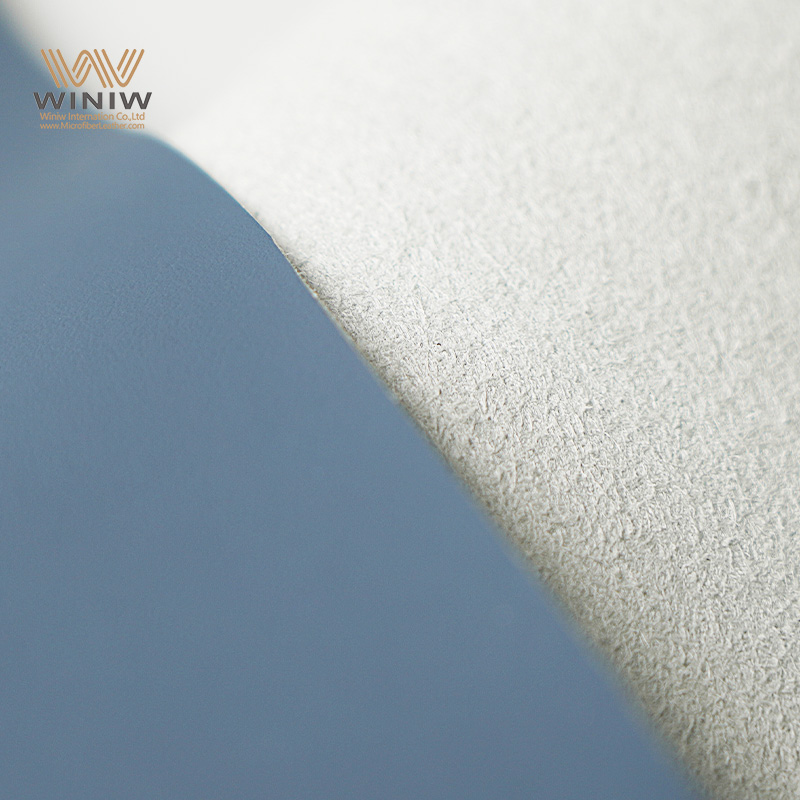
يستخدم المصممون الجلد في القفازات والقبعات والمحافظ. تستفيد هذه الإكسسوارات من قدرة هذه المادة على مقاومة التآكل والحفاظ على شكلها. ويظل الجلد الخيار الأمثل للأزياء، إذ يجمع بين الفخامة والعملية اليومية.
لا يزال نسيج الجلد يؤثر على اتجاهات الملابس، حيث يوفر كل من الوظيفة والأناقة.
الملابس والإكسسوارات الجلدية الشائعة:
بنطلونات، تنانير، سترات، سترات
أحذية، أحذية طويلة، صنادل
حقائب اليد والأحزمة والمحافظ
القفازات والقبعات وحقائب الظهر
يختار صانعو الأثاث الجلد لراحته ومتانته ومظهره الجذاب. غالبًا ما تُنجّد الأرائك والكراسي والوسائد الجلدية. هذه المادة مقاومة للبقع وتتحمل الاستخدام المتكرر. يُضفي الأثاث الجلدي لمسة من الفخامة على غرف المعيشة والمكاتب. تُساعد خاصية التهوية الطبيعية للجلد على تنظيم درجة الحرارة، مما يجعل المقاعد مريحة في مختلف المناخات.
يُفضل الكثيرون الأثاث الجلدي لعمره الطويل. فمع مرور الوقت، يكتسب الجلد طبقةً خارجيةً تُعزز طابعه. تنظيف الأثاث الجلدي سهل، والعناية المنتظمة تُحافظ على نعومته ولمعانه. تشمل القطع الجلدية المستخدمة في الأثاث الكراسي المتحركة، والمقاعد المقطعية، وحتى ألواح الرأس. غالبًا ما تُصبح هذه القطع من القطع محوريةً في المنازل بفضل مظهرها المميز.
يجمع الأثاث الجلدي بين الأناقة والعملية، مما يوفر الراحة والأناقة على المدى الطويل.
يستخدم مصنعو السيارات أقمشة الجلد لتصميم مقصورات داخلية فاخرة. يمنح تنجيد الجلد المركبات مظهرًا راقيًا ويزيد من قيمتها. يُقدّر السائقون ملمس المقاعد الجلدية الناعم والراحة التي توفرها، خاصةً خلال الرحلات الطويلة. كما أن تنظيف الجلد أسهل من تنظيف القماش، مما يعني عدم بقاء أي بقع أو انسكابات.
تحتفظ العديد من السيارات ذات التصميمات الداخلية الجلدية بقيم أعلى عند إعادة البيع. فالجلد لا يجذب مسببات الحساسية بسهولة كالقماش، مما يُسهم في بيئة أنظف داخل السيارة. يستخدم مصممو السيارات الجلد في المقاعد وعجلات القيادة ومقابض التروس. تُحسّن هذه العناصر مظهر السيارة وملمسها.
فوائد استخدام الجلد في التصميمات الداخلية للسيارات:
جودة عالية تدوم
الراحة أثناء القيادة
سهلة التنظيف
قيمة إعادة بيع جيدة
من الأسهل تجنب الحساسية
يوفر نسيج الجلد في تصميم السيارات المتانة والراحة والشعور بالفخامة.
إكسسوارات جلدية تلعب الجلود دورًا حيويًا في الحياة اليومية والموضة. يختار الناس هذه المنتجات لمتانتها وأناقتها وتعدد استخداماتها. يُنتج المصنّعون مجموعة واسعة من الإكسسوارات، بما في ذلك المحافظ والأحزمة وحقائب اليد وأحزمة الساعات والمُنظّمات الصغيرة. يُبرز كل منتج خصائص الجلد الفريدة، مثل قدرته على التقادم برشاقة ومقاومته للتآكل.
تُعدّ حقائب اليد من أكثر الإكسسوارات الجلدية رواجًا. في عام ٢٠٢٣، بلغت حصة حقائب اليد ٣٣.٣٪ من السوق. يُصمّم المصممون حقائب جلدية بأشكال وأحجام مُتنوّعة، من حقائب كروس بودي صغيرة إلى حقائب توت واسعة. تجمع هذه الحقائب بين العملية والأناقة، مما يجعلها من أكثر الحقائب رواجًا بين المستهلكين.
تتصدر الأحذية أيضًا سوق الإكسسوارات الجلدية. في عام ٢٠٢٢، بلغت حصة هذا القطاع أكثر من ٣٩.٣٪. توفر الأحذية والبوت والصنادل الجلدية الراحة والدعم. تتكيف المادة مع شكل القدم، مما يوفر ملاءمة شخصية. ولا تزال الأحذية الجلدية مطلوبة لأنها تجمع بين الأناقة والجودة طويلة الأمد.
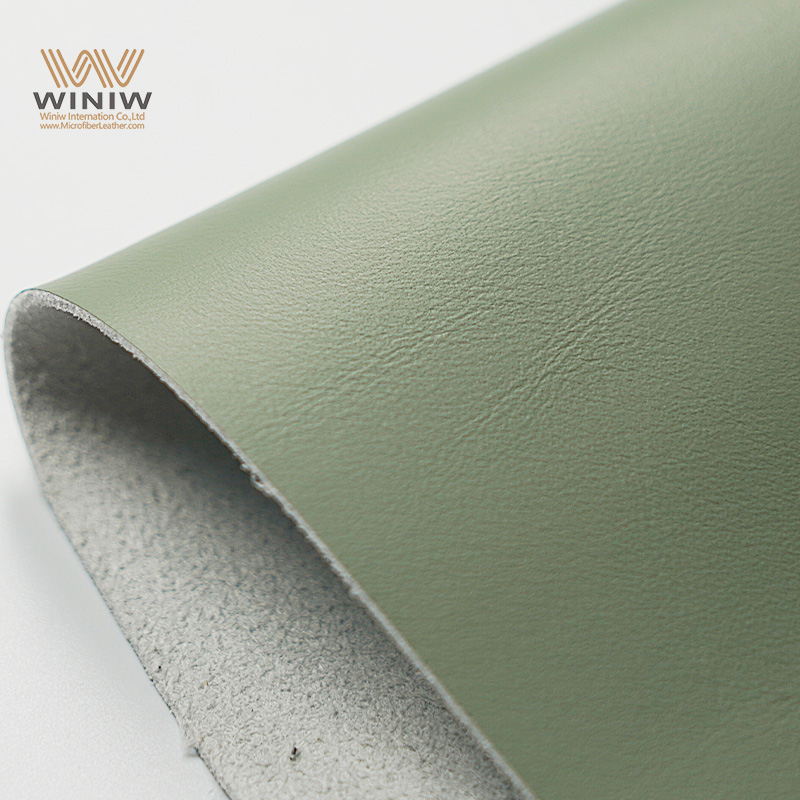
تواصل الإكسسوارات الجلدية الصغيرة اكتساب شعبية متزايدة. تجذب منتجات مثل المحافظ، وحافظات البطاقات، وسلاسل المفاتيح، وأغطية الهواتف، المشترين الذين يُقدّرون البساطة والعملية. من المتوقع أن ينمو سوق الإكسسوارات الجلدية الصغيرة بمعدل نمو سنوي مركب قدره 5.8%. يبحث المستهلكون عن منتجات صغيرة ومتعددة الاستخدامات تناسب أنماط الحياة العصرية. تُعزز اتجاهات البساطة الطلب على هذه المنتجات، حيث يبحث الناس عن إكسسوارات تُنظّم أغراضهم الأساسية دون إضافة حجم كبير.
بلغت حصة قطاع الجلود الطبيعية في السوق حوالي 53.6% في عام 2022. ويفضل العديد من المشترين الجلود الطبيعية لمظهرها الكلاسيكي وأدائها الموثوق. ويستخدمها المصنعون في صناعة الإكسسوارات التي تدوم لسنوات وتكتسب بريقًا فريدًا مع مرور الوقت.
يوضح الجدول التالي أنواع الإكسسوارات الجلدية الشائعة وميزاتها:
|
نوع الملحق |
سمات |
حالات الاستخدام النموذجية |
|---|---|---|
|
حقائب اليد |
أنيقة، واسعة، متينة |
كل يوم، السفر، العمل |
|
الأحذية |
مريح، داعم، مرن |
غير رسمي، رسمي، رياضي |
|
المحافظ/حاملات البطاقات |
مضغوط، منظم، آمن |
الضروريات اليومية |
|
أحزمة |
قابلة للتعديل، قوية، متعددة الاستخدامات |
الموضة، الفائدة |
|
أحزمة الساعات |
مرنة، أنيقة، مرنة |
الموضة وضبط الوقت |
|
سلاسل المفاتيح |
صغير، زخرفي، عملي |
التنظيم والهدايا |
تجمع الإكسسوارات الجلدية بين العملية والأناقة. يعتمد الناس على هذه المنتجات للتنظيم والأناقة والراحة.
يواصل المصنعون الابتكار في سوق المنتجات الجلدية، حيث يقدمون تصاميم وتشطيبات جديدة لتلبية تفضيلات المستهلكين المتغيرة. وتظل الإكسسوارات الجلدية رمزًا للجودة والحرفية، وتجذب محبي التقاليد والصيحات الحديثة على حد سواء.
يبدأ تحديد جودة الجلد بفحص بصري دقيق. يبحث الخبراء عن عدة مؤشرات رئيسية تُميّز الجلد الأصلي عن البدائل الصناعية.
غالبًا ما تشير الحواف الخام وغير المكتملة إلى الجلد الأصلي، في حين تُظهر المواد الاصطناعية حوافًا ناعمة تمامًا.
يكشف الجلد المحبب بالكامل عن مسام فردية مميزة تختلف في الحجم والشكل.
تظهر أنماط ومخالفات فريدة، بما في ذلك المسام واختلافات الألوان الطبيعية، على الجلد المحبب بالكامل.
الخدوش والندوب البسيطة شائعة، مما يساهم في الطابع الفريد لكل قطعة.
يتميز الحبيبات الطبيعية بمسام مرئية وعيوب دقيقة، مما يشير إلى الأصالة.
تشير العيوب أو الاختلافات الصغيرة إلى أن المادة لم تتم معالجتها بشكل مفرط ومن المرجح أن تكون أصلية.
إن حبيبات الجلد المحبب بالكامل غير منتظمة وفريدة من نوعها، على عكس الجلود ذات الجودة الأقل والتي تبدو موحدة.
تساعد هذه الإشارات البصرية المشترين على تمييز الجلود عالية الجودة عن الجلود المصنعة بكميات كبيرة أو تلك المصنعة صناعيًا. كل قطعة جلد تروي قصتها الخاصة من خلال علاماتها الطبيعية وتغيرات ألوانها.
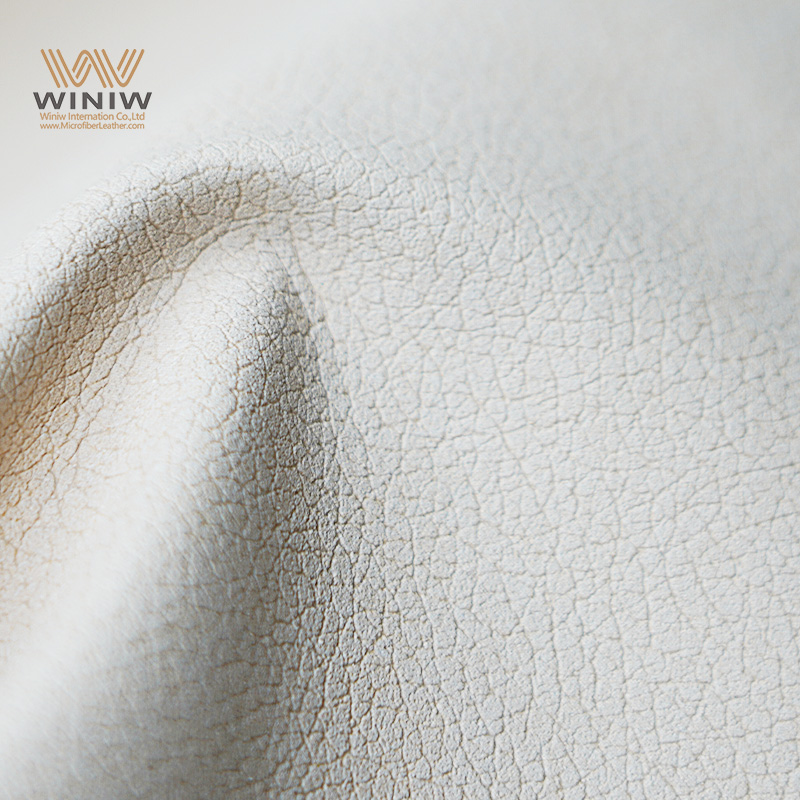
يُقدم ملمس الجلد دليلاً هاماً آخر على جودته. فالجلد عالي الجودة يتميز بمرونة وغنى، مما يُوفر تجربة فاخرة. أما الجلد الأقل جودة، فقد يفتقر إلى الراحة ويشعر بأنه أقل مرونة. يُقارن الجدول التالي خصائص الملمس:
|
نوع الجلد |
الشعور اللمسي |
متانة |
|---|---|---|
|
جلد عالي الجودة |
مرن وغني |
فاخرة ومتينة |
|
جلد منخفض الجودة |
أقل مرونة، قد يفتقر إلى الراحة |
أقل متانة |
عندما يمرر أحدهم يده على الجلد الأصلي، يلاحظ ملمسًا ناعمًا ودافئًا يستجيب للمس. غالبًا ما يكون الجلد الأقل جودةً خشنًا أو بلاستيكيًا، ويفتقر إلى الإحساس الجذاب الذي توفره المواد الفاخرة. يساعد اختلاف الملمس المستهلكين على اتخاذ قرارات مدروسة عند اختيار المنتجات الجلدية.
نصيحة: اضغط برفق على سطح الجلد. الجلد عالي الجودة يُظهر انحناءً طفيفًا ويعود سريعًا إلى شكله الأصلي، بينما قد يكون الجلد الصناعي أو منخفض الجودة صلبًا أو غير مستجيب.
تُعدّ رائحة الجلد وسيلةً موثوقةً للتمييز. فالجلد الأصليّ يحمل رائحةً ترابيةً خشبيةً طبيعيةً تُميّزه عن الموادّ الصناعية. هذه الرائحة الغنية والعضوية تُضفي على الكثيرين تجربةً جذابةً. في المقابل، غالبًا ما تُصدر الجلود الصناعية رائحةً اصطناعيةً تُذكّر بالبلاستيك أو المواد الكيميائية. يصف البعض رائحة الجلد الصناعيّ بأنها باردة أو مطاطية، تفتقر إلى الدفء والتعقيد الموجودَين في الجلد الطبيعيّ.
يمكن التمييز بين الجلد الطبيعي والصناعي بسهولة بمجرد شمهما. تبقى رائحة الجلد الطبيعي ثابتة، بينما تميل البدائل الصناعية إلى أن تكون رائحتها أكثر تجانسًا وأقل جاذبية.
ملاحظة: إن رائحة الجلد عالي الجودة لا تشير إلى الأصالة فحسب، بل تعمل أيضًا على تعزيز التجربة الشاملة لامتلاك السلع الجلدية.
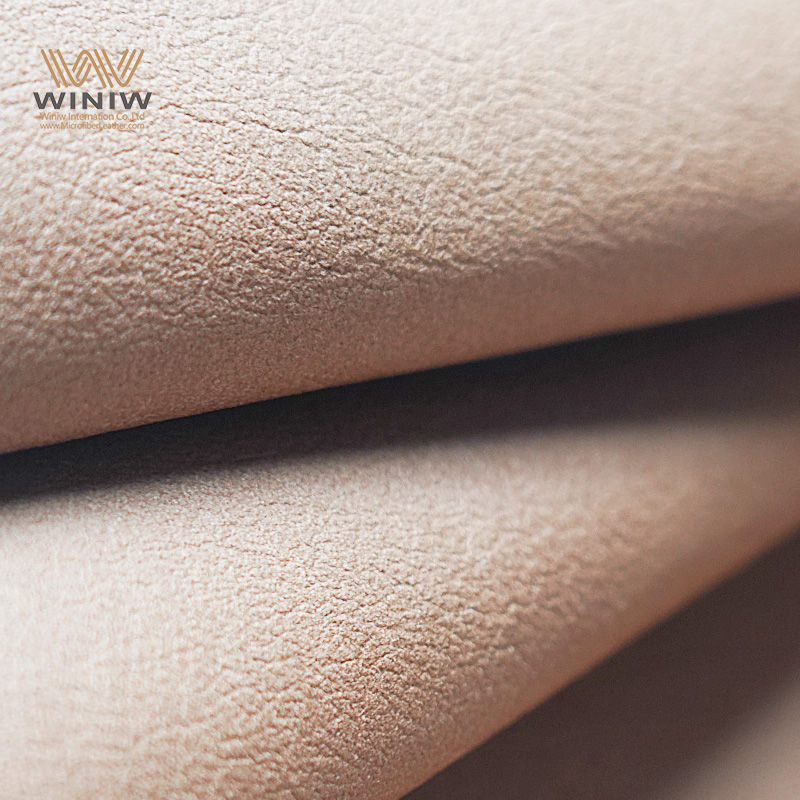
يعتمد إنتاج الجلود على مصادر حيوانية متعددة. تُشكّل الأبقار الحصة الأكبر، مما يجعلها المساهم الرئيسي في إمدادات الجلود العالمية. كما تلعب الأغنام والماعز والخنازير أدوارًا مهمة، حيث تُشكّل مجتمعةً ما يقارب جميع الجلود المُنتجة عالميًا. يُبيّن الجدول التالي المصادر الحيوانية الرئيسية وحصص كل منها:
|
مصدر حيواني |
حصة إنتاج الجلود |
|---|---|
|
الماشية |
مصدر رئيسي، حصة كبيرة |
|
غنم |
جزء من إجمالي 99٪ |
|
الماعز |
جزء من إجمالي 99٪ |
|
الخنازير |
جزء من إجمالي 99٪ |
يختار المزارعون والمصنّعون الجلود بناءً على توافرها وخصائصها المرغوبة. تتميز جلود الأبقار بالقوة والسماكة، بينما تتميز جلود الأغنام والماعز بالنعومة والمرونة. ويؤثر اختيار مصدر الحيوان على الجودة النهائية للمنتجات الجلدية ومظهرها.
لتصنيع الجلود تأثيرٌ ملحوظ على البيئة. إذ تتطلب دباغة كيلوغرام واحد من الجلد ما يصل إلى 2.5 كيلوغرام من المواد الكيميائية وما يصل إلى 250 لترًا من الماء. وتُنتج هذه العملية ما يصل إلى 6.1 كيلوغرام من النفايات الصلبة. وتُطلق العديد من المصانع مواد كيميائية سامة ومعادن ثقيلة في مياه الصرف الصحي، خاصةً في المناطق ذات أنظمة معالجة المياه السيئة.
تتطلب عملية الدباغة كميات كبيرة من المواد الكيميائية والماء.
يمكن لمياه الصرف الصحي الناتجة عن الدباغة أن تلوث الأنهار والتربة.
تشكل النفايات الصلبة الناتجة عن إنتاج الجلود تحديات فيما يتعلق بالتخلص منها.
بدأت صناعة الجلود بمعالجة هذه القضايا. تُجري الشركات الآن تقييمات للأثر البيئي وتستثمر في تقنيات دباغة جديدة. تُساعد هذه التطورات على تقليل استخدام المواد الكيميائ

المسح الضوئي إلى wechat:
